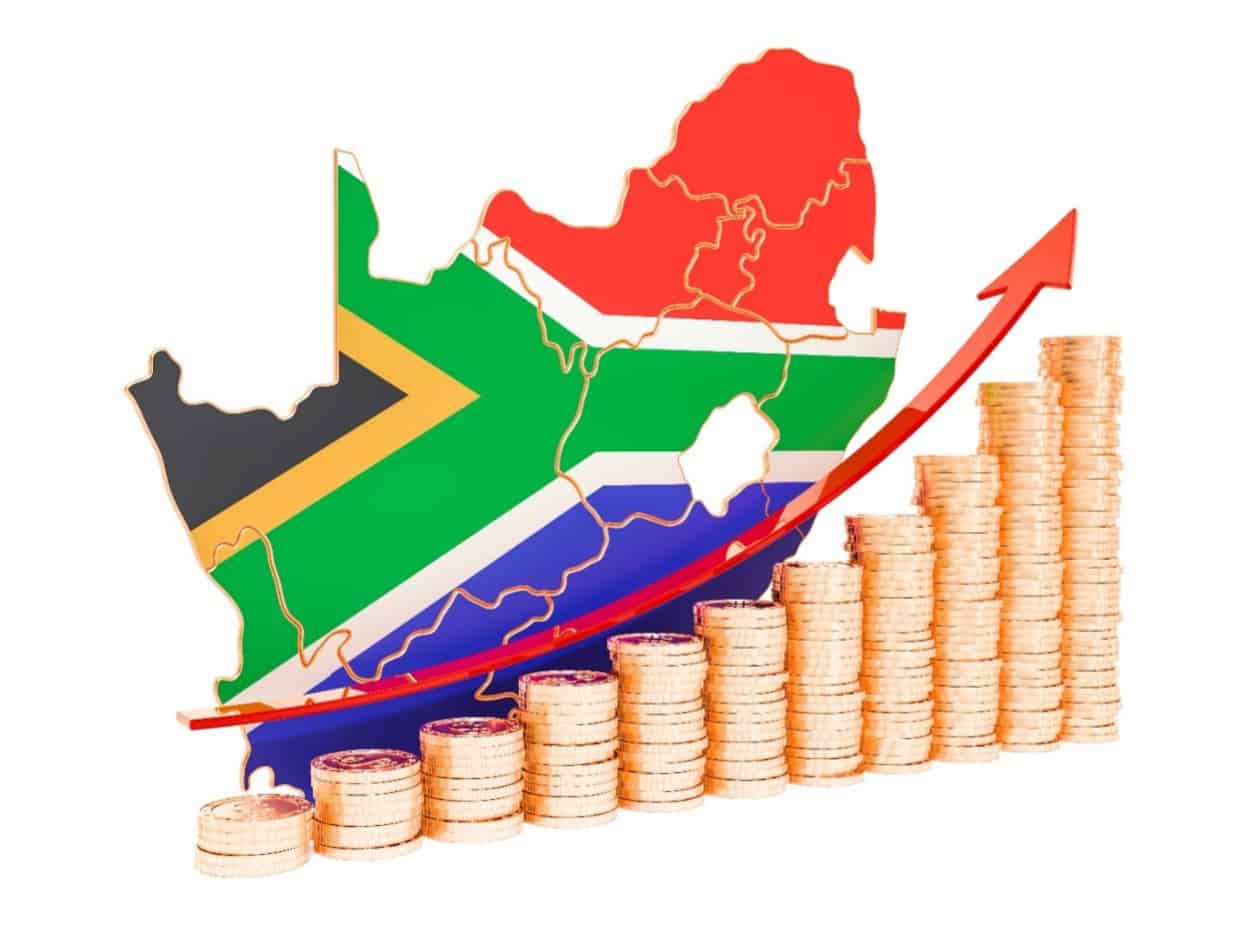
Have you ever wondered what causes the rand or the prices in South Africa to rise or fall? If so, knowingly or not, you were trying to grasp the largest market on the planet – the foreign exchange market. With nearly $6.6tn of currency traded in 2019, the daily total is almost 20 times the size of the world’s stock market.
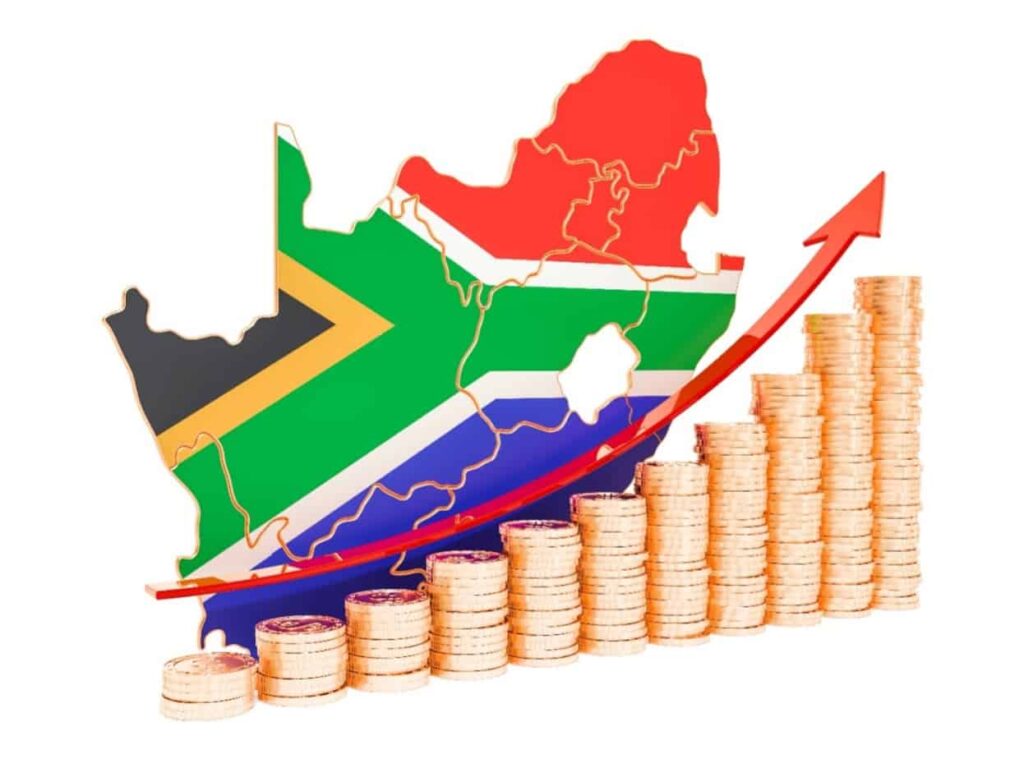
The foreign exchange market has expanded significantly: it has more than doubled in size since 2007. Unsurprisingly, more and more people have started to trade currencies in the financial markets. It is estimated there are 10 million traders worldwide, with 190,000 residing in South Africa. One of the reasons for such a high level of interest is how the Forex market is structured and the opportunities it offers.
First of all, the Forex market trades 24 hours a day, providing plenty of opportunities to trade. Secondly, due to the size of the foreign exchange market, it is a very liquid market with tight spreads. Moreover, you can buy or sell any high-volume currency pair in the market, while the possibility of leverage will ensure you have plenty of room for profit. Finally, the transaction costs are low, and so are the barriers to entry – you do not need to have a lot of money to start trading.
Getting into the market is relatively simple – it is a 5-step process. In this article, we will teach you how to start forex trading in South Africa, from choosing a broker to managing risk and enjoying your first profits. However, before we do that, let’s uncover some more reasons you should be trading forex in South Africa.
Related Articles
- How to Start CFD Trading in South Africa
- The Best Time to Trade Forex in South Africa
- Is Forex Trading Legal in South Africa?
- The Best Forex Brokers in South Africa
Why start trading forex in South Africa
South Africa has enjoyed stable growth since 2000; however, since 2007, economic growth has stagnated. It is a period characterised by high unemployment, inequality, and rampant corruption. It is part of the reason why more and more South Africans – the younger generation in particular – turn to forex trading to make ends meet.
Despite this, South Africa is the third-largest economy in Africa. Its economy comprises a mix of economic sectors: the primary sector includes agriculture, fishing, and mining and makes up about 10% of GDP. The secondary sector includes manufacturing, construction, and utilities making up 21% of GDP. The tertiary sector includes trade, transport, and services, which make up 69% of the country’s GDP. Tourism is also an essential part of the South African economy.
The country is a significant exporter, with a quarter of GDP coming from exports. The top exports include gold, coal, and iron ore, with the destinations including China, Germany, and the US.
The South African Rand is one of the world’s 20 most traded currencies. The daily currency trading value involving the South African Rand is about 80% of the daily value of stocks traded within the US (according to the latest numbers by the World Bank and Bank for International Settlements). It is a large market with plenty of profit opportunities.
Even if you aren’t interested in trading the local currency, the foreign exchange market is global, and brokers usually offer to trade many of the world’s most actively traded currency pairs, including EUR/USD. South Africa is located right in the sweet spot for Forex trading, as most traders can take advantage of the most active market sessions that happen in the daytime.
Who regulates Forex trading in South Africa?
The foreign exchange market is tightly regulated, and every country has its regulators watching over currency trading. In South Africa, there are three main regulators, each responsible for different aspects and serving different functions. The FSCA (Financial Sector Conduct Authority) oversees financial service providers, such as brokers. South Africa’s PA (Prudent Authority) oversees other financial entities except for banks. Finally, South Africa’s Reserve Bank – the country’s central bank – ensures the financial system’s stability and regulates the supply of the country’s currency and its gold supply.
A step-by-step guide how to start trading Forex in South Africa
After all this information, you may be wondering: “how does Forex trading work in South Africa?” You may be asking yourself: “are there particular things I should be aware of before I start trading? As promised in the introduction, we will show you how to trade Forex in South Africa.
Here are the five steps you will need to take to start your trading journey:
Step 1: Choose a broker
Choosing a broker is one of the most important decisions you will make before you start trading. This will lay the foundation for your trading since the software you use, broker fees, and any extras they provide you with will determine your future success and profitability.
Different brokers will have different things to offer. Some brokers might simply provide access to the global forex markets for you to trade independently, whereas others might be offering the possibility to copy the actions and trades of other traders on the platform. Also, the platforms they offer will be different. If you want to trade on your own, how fast, reliable, functional, and intuitive the program will highly impact your trading.
Some additional things to consider is the reputation of the broker and the variety of currency pairs and other instruments the company offers. If you are only looking to trade EUR/USD – the most traded currency pair in the world – practically all brokers offer that, and it will not be a big consideration for you. However, if you would like to trade less common currency pairs, commodities, or even options, you will need to see which broker offers your requirements. Finally, it’s essential to make sure the broker you choose is reputable and is not involved in scams. Take a look at our list of brokers below to help you in your search.
| Broker | Features | Regulator | Platforms | Next Step | |
|---|---|---|---|---|---|
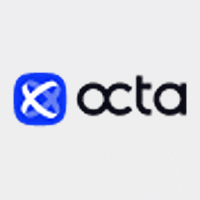 Your capital is at risk
Founded: 2011 Your capital is at risk
Founded: 2011 |
|
CySEC, FSC, FSCA, MISA | MT4, MT5, OctaTrader | ||
 Your capital is at risk
Founded: 2006 Your capital is at risk
Founded: 2006Europe* CFDs ar... |
|
ASIC, FSA, FSB, MiFID | MetaTrader4, Sirix, AvaOptions, AvaTrader, Mirror Trader | ||
 Between 74-89% of CFD traders lose
Founded: 2010 Between 74-89% of CFD traders lose
Founded: 2010Between 74-89 % of retail investor accounts lose money when trading CFDs |
|
ASIC, FCA | MetaTrader 4, MetaTrader 5, cTrader | ||
 Your capital is at risk
Founded: 2014 Your capital is at risk
Founded: 2014 |
|
FSPR | MT4 | ||
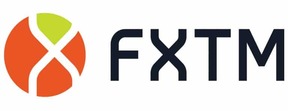 Your capital is at risk
Founded: 2011 Your capital is at risk
Founded: 2011 |
** ForexTime Does NOT accept Traders from US |
CMA, FCA, FSC, FSCA | MT4 & MT5 for PC, Mac, iPhone/ iPad, Android. FXTM WebTrader (MT4) | ||
 Your capital is at risk
Founded: 2009, 2015, 2017 Your capital is at risk
Founded: 2009, 2015, 2017 |
|
ASIC, CySEC, IFSC | MT4 Terminal, MT4 for Mac, Web Trader, iPhone/iPad Trader, Droid Trader, Mobile Trader, MT5 | ||
|
|
|
FSCA | MT4, MT5, ProTrader, AppTrader, CopyTrader | ||
 Your capital is at risk
Founded: 2006 Your capital is at risk
Founded: 2006 |
|
CySEC, DFSA, FCA, FSB, SIA | MetaTrader4, MetaTrader5, cTrader, FxPro Edge (Beta) | ||
Step 2: Open and fund an account
Once you have chosen the broker you want to use, the next step is to open an account. Although different brokers may offer different account types, usually, you will choose between three real money account types: mini, standard, or professional. Mini accounts reduce the maximum order size and are intended for traders with limited funds. However, they turn out to be relatively inefficient and can dent your profits. Standard accounts will often have leverage of 1:100 and are the most common choice among traders. Professional accounts have additional requirements and offer more perks to traders. Each broker will provide details of the different accounts they provide as well as any costs you need to be aware of. Some brokers provide managed accounts where your money is administered by a mutual fund chosen to match your risk tolerance. You may also open a free demo account that allows you to make paper trades.
An important thing to consider is the minimum investment requirement for different accounts of different brokers. Some will require a few to several hundred dollars, whereas others will require several thousand before you can start trading.
Investing your hard-earned money into a broker account can be a big decision. If you are just starting, it is best to choose an account with a low minimum investment requirement or even open a demo account before dealing with real money. Demo accounts offer a free way of getting familiar with the broker’s trading environment and allows you to try different trading strategies without any risk.
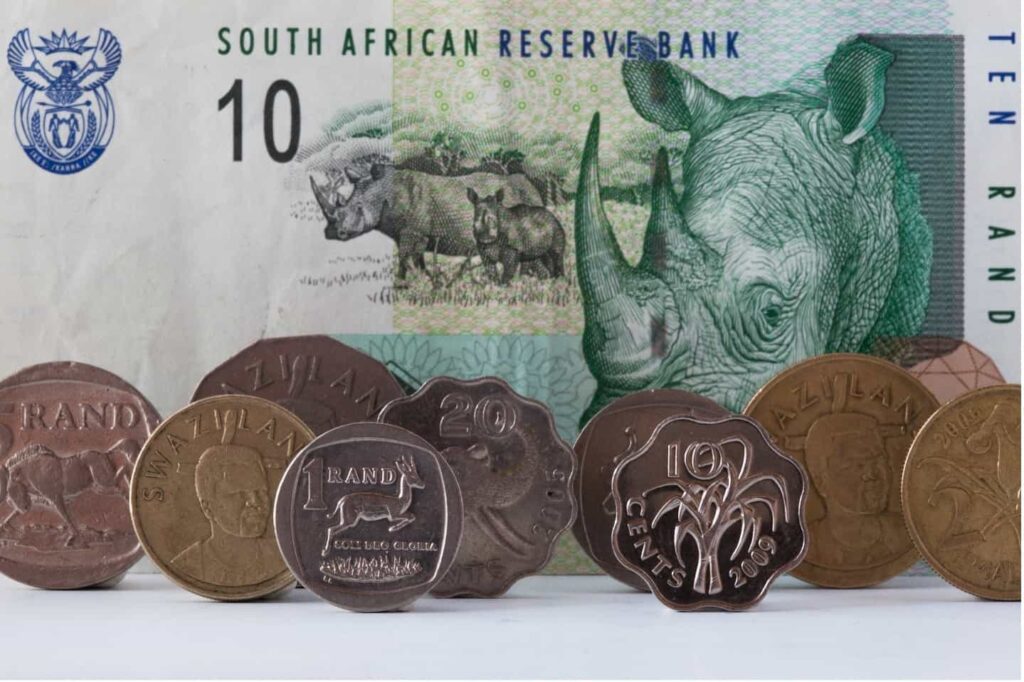
Step 3: Make your first trade
Once you have chosen your broker and opened your trading account, are using a demo account or real money, it is time to make your first trade. If you are just starting, trading forex profitably requires developing a trading strategy. For instance, one of the most common trading strategies involving technical analysis is a crossover between moving averages of different time lengths, which can signal a trend change and serve as a basis for placing a trade.
Step 4: Manage your risk
Managing your risk will be an essential part of your trading discipline. One of the pillars of risk management is not allocating all of your capital to one or two large trades. It is often said that trading is a matter of probabilities. Since it is hard to expect to predict the movements of a currency pair with 100% accuracy, it is best to structure your trades by allocating only a small portion of your capital to one transaction. Anything up to two percent is considered within reason, depending on your trading strategy.
Step 5: Enjoy your profits
Making a consistent profit is the goal of trading. If you have managed to make a profitable trade – congratulations! If, however, you have lost money, don’t be discouraged and take it as a learning experience. The most successful traders often use trading diaries to make sense of their mistakes and improve their game.
Conclusion
This article has talked about what makes Forex trading increasingly popular and how to start Forex trading in South Africa. As you can probably tell, while beginning to trade Forex can be a swift process, it is not a get-rich-quick scheme. According to Warren Buffet, one of the most successful stock investors in the world, “The stock market is a device for transferring money from the impatient to the patient”. Many will agree that the Forex market is no different, and that is an excellent lesson to learn when starting your trading journey.
Forextraders' Broker of the Month
BlackBull Markets is a reliable and well-respected trading platform that provides its customers with high-quality access to a wide range of asset groups. The broker is headquartered in New Zealand which explains why it has flown under the radar for a few years but it is a great broker that is now building a global following. The BlackBull Markets site is intuitive and easy to use, making it an ideal choice for beginners.
